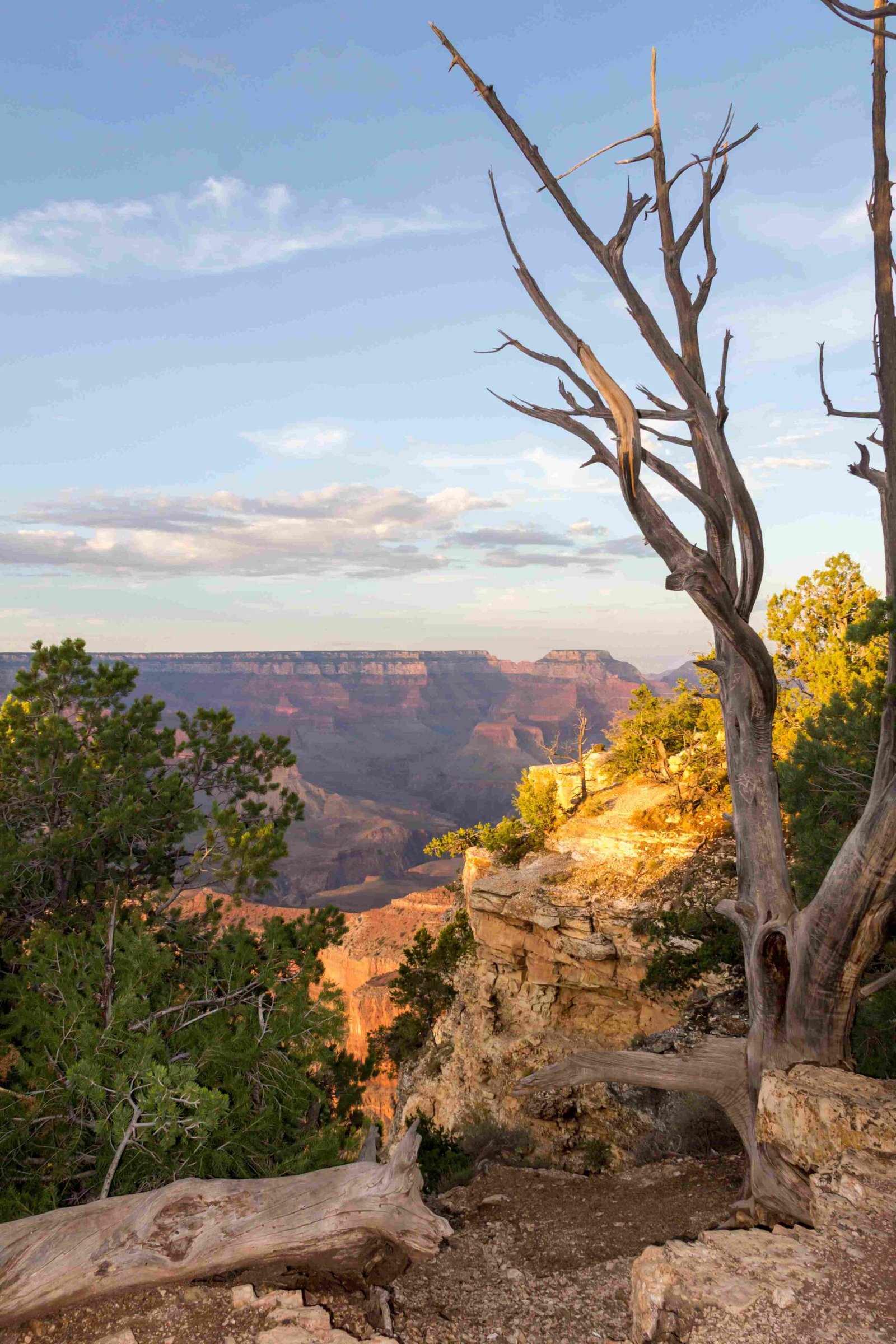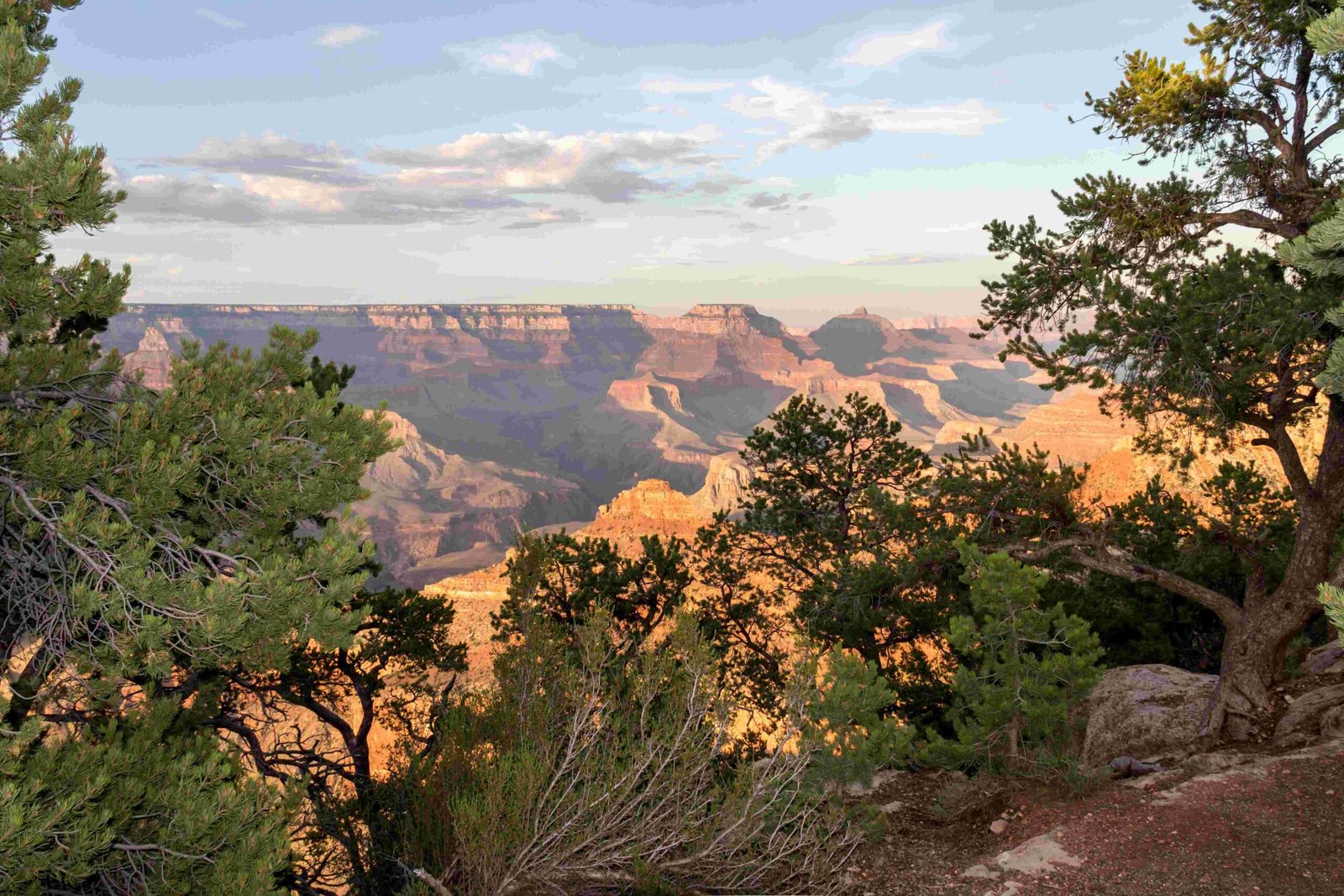The Grand Canyon represents a profound geological archive, exposing nearly two billion years of Earth’s complex history through its dramatic rock layers, revealing intricate processes of mountain building, sediment deposition, erosion, and tectonic transformations. This natural laboratory provides scientists unprecedented insights into planetary geological evolution, showcasing how water, time, and geological forces collaborate to create one of the world’s most spectacular landscapes.
What Makes Grand Canyon a Geological Wonderland?

How Did Ancient Rocks Form?
The Grand Canyon’s geological story begins with the Vishnu Schist, some of the oldest rocks on Earth. These metamorphic rocks, dating back 1.7 to 1.8 billion years, formed during intense tectonic collisions that transformed ocean sediments under extreme heat and pressure.
Key Characteristics of Vishnu Schist
- Age: 1.7-1.8 billion years
- Location: Bottom of Inner Gorge
- Composition: Schist, gneiss, and granite
- Formation: Plate tectonic collision
What Geological Processes Shaped the Canyon?
Erosion Mechanisms
- Hydraulic Erosion
- Primary force: Colorado River
- Timespan: Approximately 6 million years
-
Result: Canyon depth of up to 6,093 feet
-
Chemical Erosion
- Dissolves limestone and soluble rocks
- Less prominent than hydraulic erosion
Which Rock Layers Tell the Canyon’s Story?
| Rock Layer | Age | Characteristics |
|---|---|---|
| Vishnu Schist | 1.7-1.8 billion years | Basement rocks |
| Tapeats Sandstone | ~520 million years | Cambrian sediments |
| Redwall Limestone | ~350 million years | Mississippian period |
| Kaibab Limestone | ~270 million years | Youngest rim layer |
How Do Scientists Study Grand Canyon’s Geology?

Research Techniques
- Stratigraphic analysis
- Radiometric dating
- Sedimentary rock examination
- Tectonic reconstruction models
Significant Geological Events
- Proterozoic Era: Basement rock formation
- Cambrian Period: Initial sediment deposition
- Permian Period: Shallow sea environments
- Miocene-Pliocene Epochs: Major tectonic adjustments
What Can Visitors Learn About Earth Science?
Visitor Exploration Options
- Guided geological tours
- Interpretive trail walks
- Visitor center exhibits
- Professional ranger presentations
Educational Resources
- Trail of Time exhibit
- Geological information displays
- Interactive geological maps
- Professional geological publications
Why Is Grand Canyon Significant for Earth Science?
The Grand Canyon serves as a living museum of geological processes, offering unprecedented insights into:
– Plate tectonic movements
– Sedimentary rock formation
– Erosion mechanisms
– Climate change indicators
– Biological evolution evidence
Research Importance
- Provides continuous rock record
- Demonstrates long-term geological transformations
- Offers accessible research site
- Represents complex geological interactions
Conclusion
Grand Canyon earth science represents a remarkable window into our planet’s dynamic history, showcasing how geological forces create breathtaking landscapes over millions of years.
Recommended Exploration
- Attend ranger-led geological talks
- Take professional guided tours
- Study geological maps
- Participate in scientific workshops
Safety and Preparation
- Wear appropriate hiking gear
- Carry sufficient water
- Follow park guidelines
- Respect geological formations
Reference:
– National Park Service Geology
– USGS Grand Canyon Research
– Geological Society of America

